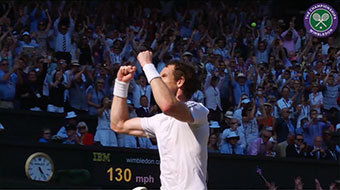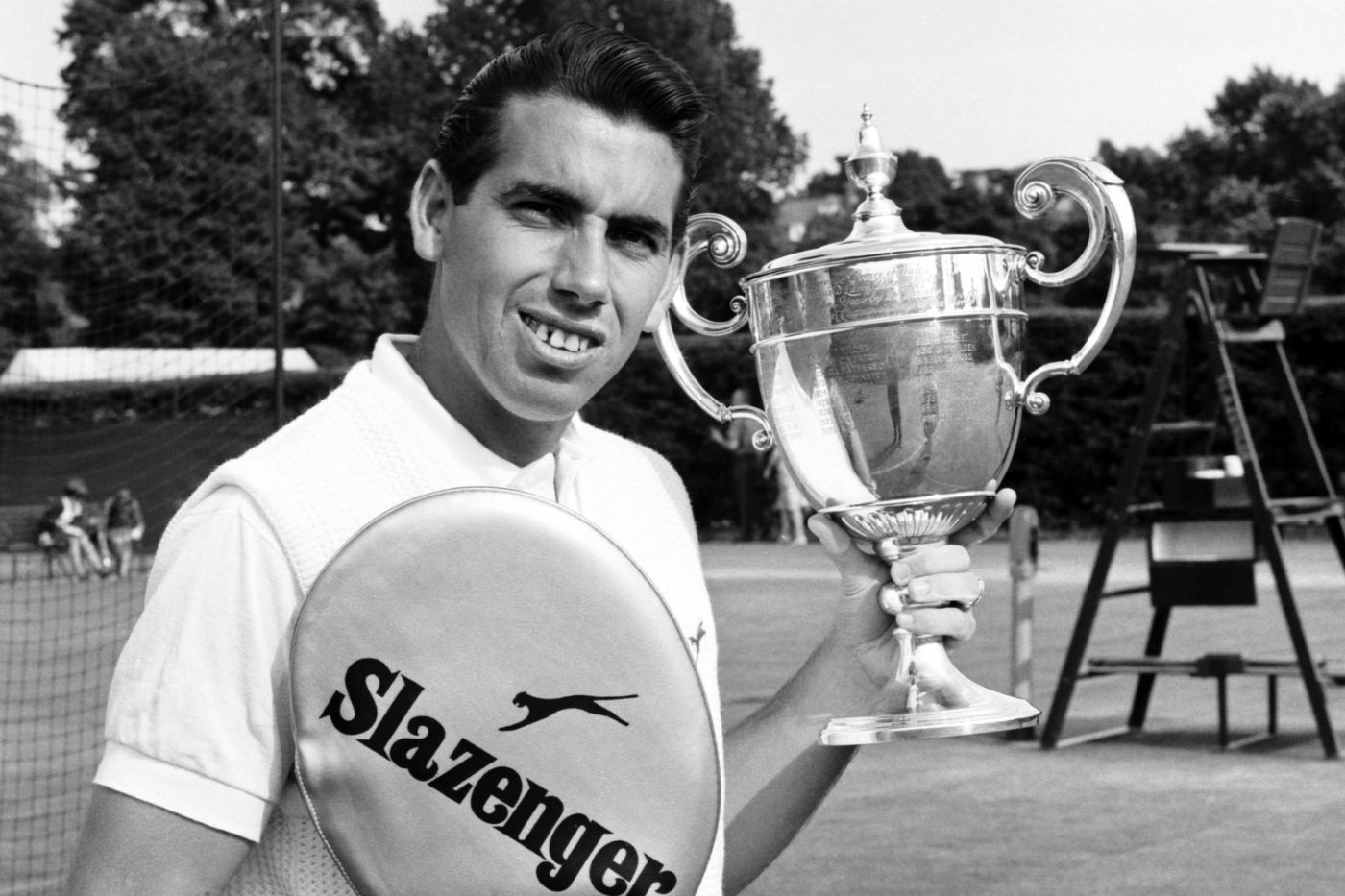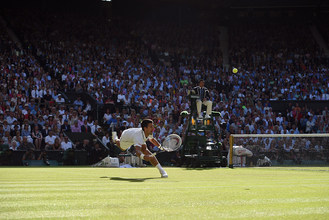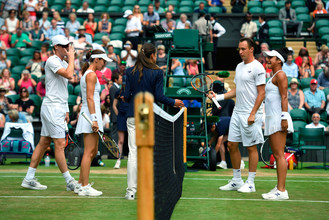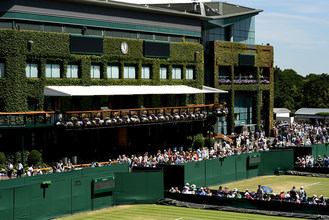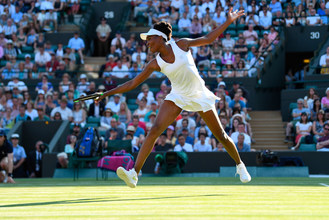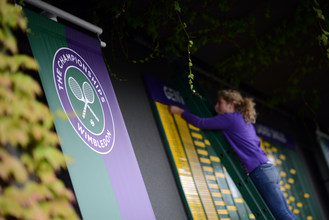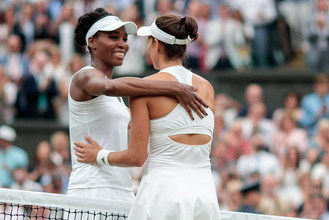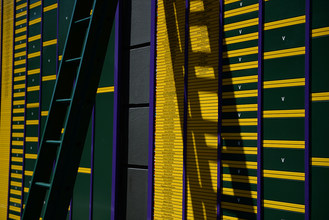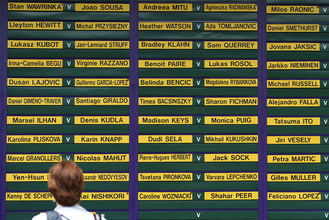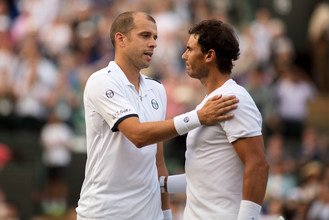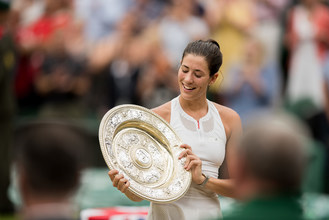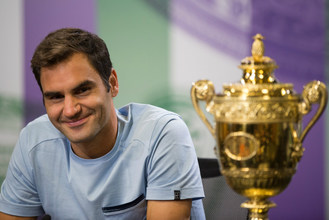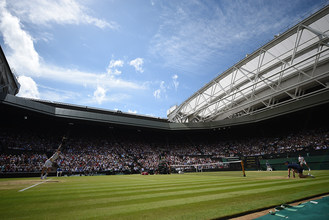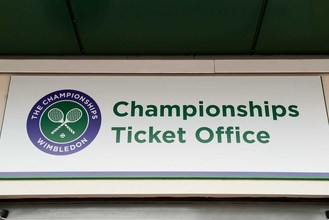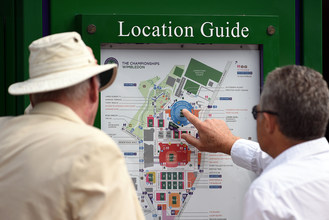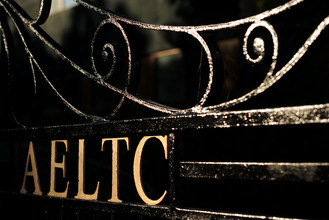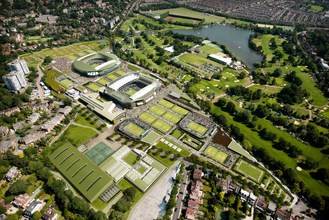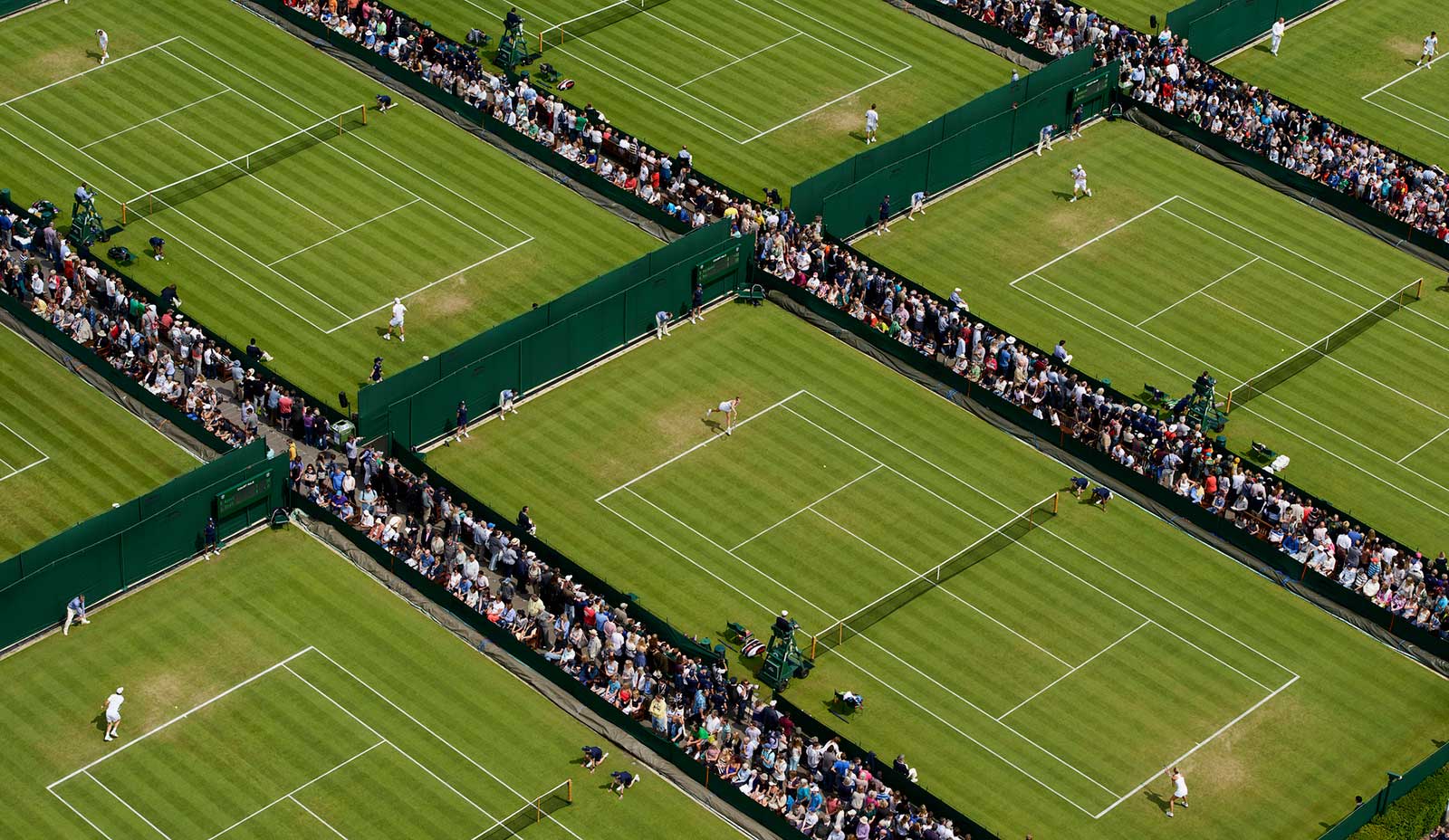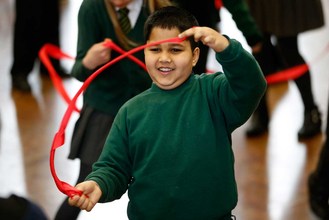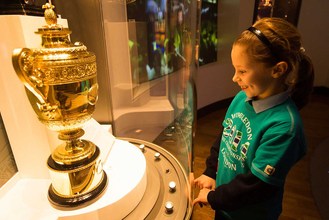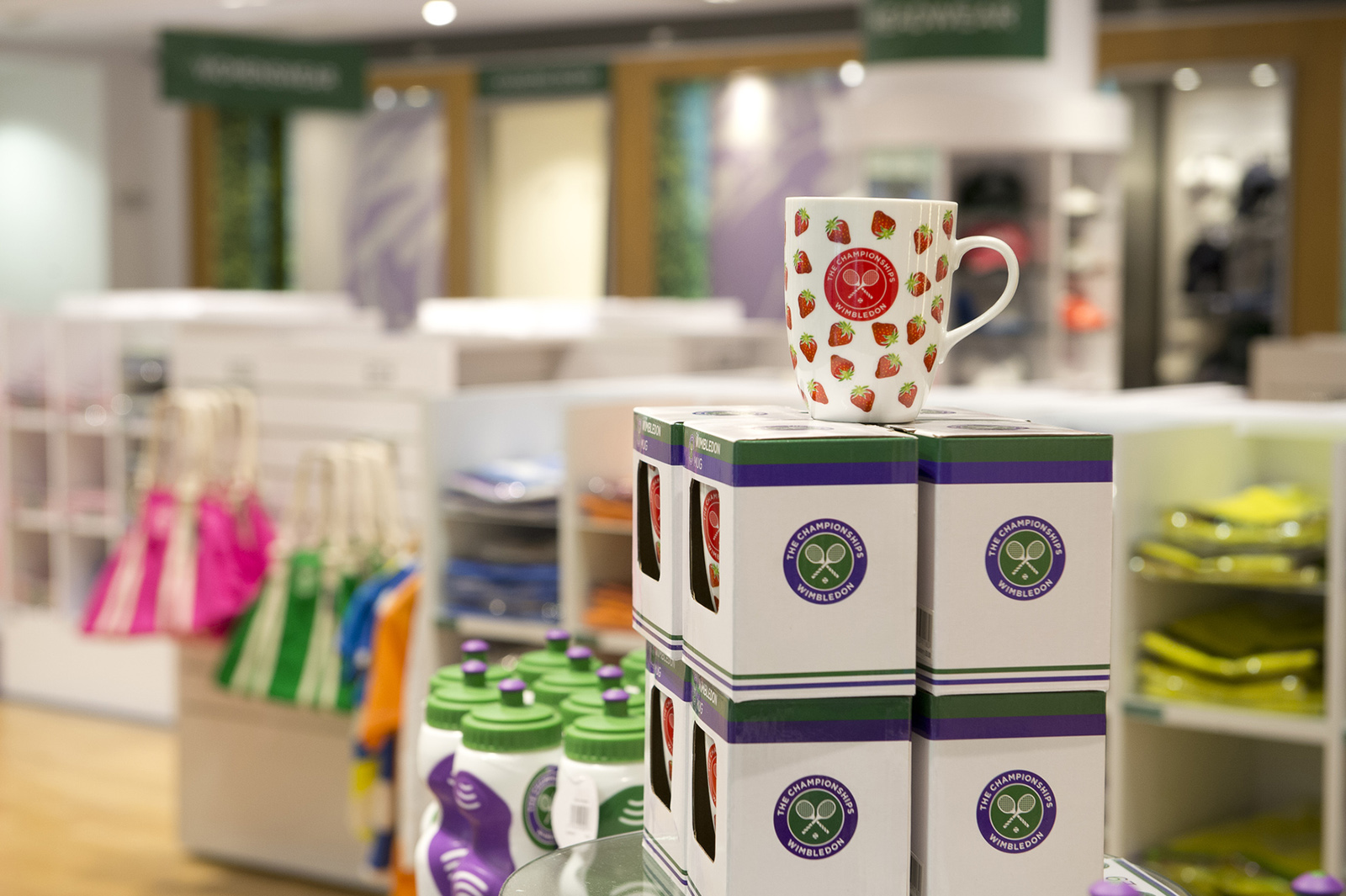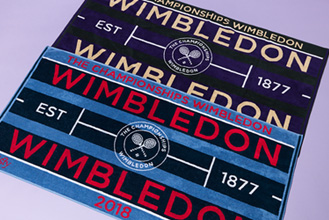The second Spaniard to win the gentlemen’s singles title at The Championships will not be at the All England Club this summer, but, to the delight of all those with a love of history, the country’s first champion will be present. In the absence of the injured Rafael Nadal, Manolo Santana will provide a timely reminder that being a master of clay court tennis does not necessarily mean that you are unable to adapt your game to the very different demands of grass.
While modern-day players have generally become more adept at changing from one surface to another, many of their predecessors struggled. In particular some of the game’s best clay court exponents used to have great difficulty trying to play on grass, which was one of the reasons why Santana’s triumph at The Championships in 1966 was such a significant moment.
Fifty years on from his achievement in becoming the first Spaniard to win the gentlemen’s singles – Nadal became the second 42 years later – it is interesting to recall that Santana sacrificed the French Open that year in order to improve his chances at the All England Lawn Tennis Club.
A touch player with superb ball control, Santana had grown up playing on clay courts. He won his first Grand Slam title at Roland Garros in 1961 and his second at the same venue three years later, beating Nicola Pietrangeli, another clay-court specialist, in both finals.
Santana, who celebrated his 78th birthday last month, once famously opined that “grass is only fit for cows”, but he always felt that he had the game to succeed on it if he could spend enough time adjusting to the surface. In 1965 he triumphed on grass at Forest Hills in the US National Championships, beating Cliff Drysdale in the final to become the first European to win the title in New York for 37 years.
That win reinforced Santana’s belief that he could claim the biggest prize of all at the All England Club, where he had made his debut in 1958, losing in straight sets to William Alvarez in the first round.
How Santana would have enjoyed the current schedule...
Santana won his first match at The Championships a year later and in subsequent visits showed that he had the ability to perform on grass, although he regularly had the misfortune to come up against men for whom playing on the surface was second nature.
He lost to Rod Laver in the third round in 1960 and in the quarter-finals in 1962 and to Fred Stolle in 1963. It was the 1962 defeat to Laver, in which Santana won the first set 16-14 before losing the next three, that convinced the Spaniard he could win the title one day.
Roland Garros was still where Santana felt most at home on the court, but in 1966 he skipped Paris in order to give himself five weeks to prepare on grass for The Championships. How Santana would have enjoyed the current schedule, the All England Club’s decision to move The Championships back a week in the calendar having given players an extra week to play on grass.
Back in 1966 the benefit of Santana’s extra grass court preparation soon became clear. He did not lose a set in his first four matches at The Championships, beating Isao Watanabe, Mike Belkin, Marty Riessen and Bobby Wilson. However, in the latter stages there was no escaping some formidable opposition. His quarter-final opponent was Ken Fletcher, who had knocked out another Australian, John Newcombe, in the third round. Fletcher served for the match at 5-4 in the fifth set, only for Santana to win the next three games and the match.
Another Australian, Owen Davidson, stood in Santana’s way in the semi-finals and again the match went to five sets. This time Santana had three match points at 5-4 in the decider, only to lose that game before recovering to take the set 7-5. Forty years later, Santana told “The Independent”: “Believe me, after those two very tough matches I thought: ‘Now I must win this tournament. I cannot lose in the final.’ And I didn’t.”
Santana, the No.4 seed, beat Dennis Ralston, the No.6 seed, 6-4, 11-9, 6-4 in the final. Ralston, making what was to be his only appearance in a Grand Slam singles final, led 4-1 in the second set, but all too often Santana’s powerful ground strokes negated the American’s serve-and-volley game. It was a final played in the best of spirits, with both players always ready to acknowledge the opponent’s best shots.
In “Wimbledon: The Official History”, John Barrett wrote that Santana’s victory “proved that players bred on clay courts could succeed on grass if they had the necessary skills and were prepared to apply themselves.”
Santana, in his interview with “The Independent”, said: “This is the one all the players want to win. That is why I feel very sorry for great players such as Ken Rosewall, Ilie Nastase and Ivan Lendl who never won Wimbledon. I am very happy I did it once.”
The following year Santana became the first defending gentlemen’s champion to lose in the first round when, as the No.1 seed, he was beaten by Charlie Pasarell. To this day only one other defending champion has suffered the same fate, Lleyton Hewitt having lost in the first round to Ivo Karlovic in 2003.
Santana, who won all four of the Grand Slam finals in which he appeared, played only once more at The Championships, reaching the third round in 1968 before losing to Clark Graebner in straight sets. However, he has always stayed in close contact with the sport and is currently the tournament director of the Masters 1000 tournament in Madrid.

